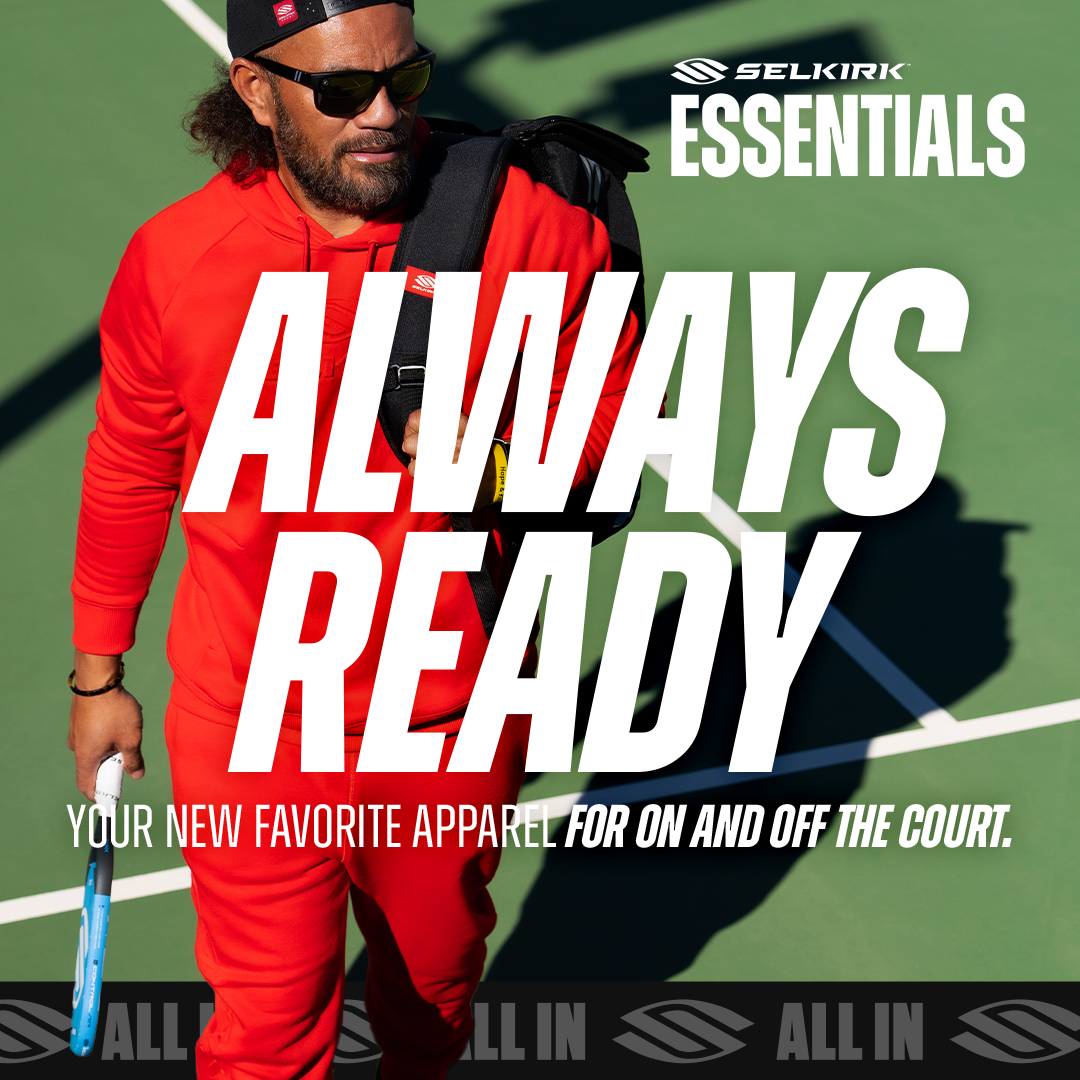Isolation Isn’t Over Yet
When it comes to pickleball, some of the concepts we learned from the pandemic remain intact, like always remain 14 feet apart, avoid contact with other paddles, and don’t forget to isolate your opponent.

Anyone who plays doubles, especially in competitive tournaments, knows that you always isolate or “pick on” the weakest player, and while this may seem like a cruel tactic, it is a fact of life that is as simple as “what goes up must come down”. But as you advance your game this tactic can also be used against either opponent and is a great way to non-verbally and tactically communicate with your partner as to where the ball is going.
So, What Does it Mean to Isolate in Pickleball?
Isolating an opponent typically means that you and your partner keep the ball targeted towards one person, creating a two versus one situation, and giving yourselves the upper hand by putting the pressure on that individual to not make a mistake. You don’t have to be a team sports expert or experienced gambler to understand that the odds usually favor the side with the higher number. But you may be asking yourself why is this an advantage? I thought it was better to move the ball around?
The upper hand comes into play when you consider that the more times you come into contact with the ball, the more likely it is that you will eventually make a mistake. That’s exactly what the team performing the isolation is counting on! By keeping the ball to the odd side player across from you, you and your partner can play to the target’s backhand (ideally down the line with varying dinking depths and pushes towards the feet for the partner directly across from the target) or by directing the ball at the target player’s outside foot (when you are the partner playing cross-court from the target). The more you keep the ball headed to a particular side, the more control you have, and the more predictable you make play for your partner, thereby increasing your odds of winning the point.
Isolation can be performed any time you are at the kitchen and in control of the net or initiated from anywhere on the court by a well-placed third, fifth, or reset shot. Either way the tactic keeps you and your partner working towards the same goal and adds pressure to your opponent.
What to do When you Feel Isolated

From the unforgettable lyrics of a Three Dog Night song, “One is the loneliest number that you’ll ever do…” comes a harsh reality. Inevitably, there will come a day, a match, or a tournament when you will find yourself the object of an isolation tactic. The most important thing when this time comes is to stay calm, be patient and know that you have the power to work your way out of it using these handy methods.
- Get the ball back – varying depth, power, keeping it “unattackable”, or imparting spin to induce lack of control from your attackers and capitalize on their overconfidence (imaginary bonus points if you keep it to their backhands)
- Throw in a lob – particularly over the weaker player (less apt to make you pay if execution isn’t perfect) or towards the far corner
- Watch for the crosscourt opponent to overcommit to the middle while you are immersed in maintaining a solid backhand-to-backhand dink with the person in front of you, then flick the ball to the now vacant open side
- Watch for the opportunity to Erne a slightly higher ball
Whichever methods you choose, rest easy knowing you are never completely alone!






















